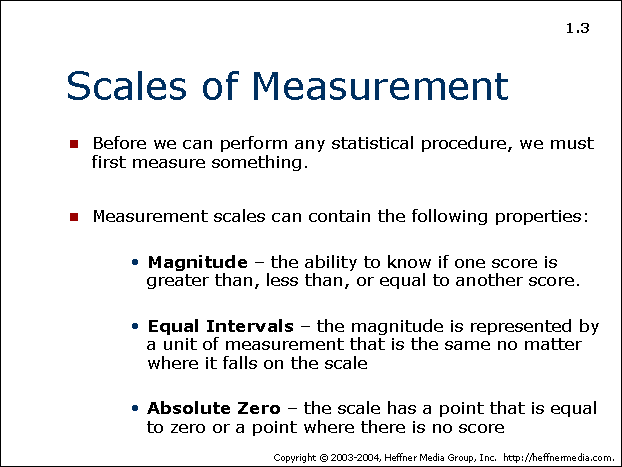
The Mystery of Trypophobia
When asked “how would you draw fear?” a 12-year-old sketches a repetitive pattern of dots. That might seem like an odd choice, but it makes sense when you consider that the girl has trypophobia, a fear of holes and bumps appearing in repetitive patterns.
The girl’s case is described in a new article in Frontiers in Psychiatry that evaluates what we know about trypophobia, a phobia that remains something of a mystery to psychology researchers. While a fear of spiders or a fear of heights has a certain logic, it’s less clear what threat patterns of holes or bumps pose.
Some have hypothesized that these shapes have historically been associated with evolutionary threats like infectious disease or poisonous animals, but the authors of the recent article point out that so far there’s not much hard evidence for this explanation.
In the case of the 12-year-old girl, the fear of repeating bumps and holes could be triggered by a variety of seemingly benign everyday objects. These included a wall that was being remodeled and a sidewalk with pebbles embedded in it. Even food items like a slice of bread with holes in the surface or a meringue pie with a pattern of bumps in the frosting could set off intense feelings of fear and disgust.
If you don’t have trypophobia, you might not have noticed, but it turns out that repetitive patterns of bumps and holes are everywhere. For example, here’s an excerpt from the case study of the 12-year-old-girl:
During the interview, an image of a strawberry was shown to the patient. She manifested progressive anguish as the image was expanded; the same happened to the image of vents
As it turned out, the girl had never eaten a strawberry in her life. Which makes sense, of course, just like it makes sense that someone with arachnophobia wouldn’t be keen to eat spiders!
Although trypophobia isn’t recognized as an official phobia in diagnostic guides like the DSM, the girl featured in this study is far from alone. Anecdotally, many people have reported having a similarly extreme reaction to patterns of holes and bumps. In fact, BuzzFeed recently published an article on how the movie Black Panther contains images that trigger trypophobia.
Not everyone with trypophobia experiences the same emotional reaction. According to the authors of the article in Frontiers, the research indicates that some people react with extreme fear and disgust while others react only with disgust. In the case of the 12-year-old-girl, she initially reacted with both fear and disgust, but after being treated she only experienced disgust.
There are still a lot of, erm, holes in what we know about trypophobia: why do these particular images cause such strong reactions for some, and is it a “phobia” in the traditional sense? It’s definitely something, though: as the case of the 12-year-old girl tells us, it has the potential to interfere in everyday life. It also tends to go along with other kinds of psychiatric symptoms, suggesting that as more research is done, repetitive patterns of bumps and holes could have something to teach us about mental health.
Image: Flickr/Soory
Nice Article.
Although study also suggested that people who are suffering from trypophobia are also deep in depression.
Thanks Shahzeb! The research does seem to indicate that people with trypophobia are more likely to experience depression. It’s not a requirement though — no doubt there are some people who have both trypophobia and severe depression and some who have trypophobia with no depressive symptoms at all.
I have depression and do have trypophobia. It isn’t fun at all and I don’t know how or even why it affects me the way it does. I’ve been trying to figure out the root cause of it myself and I can’t. I’ve had depression for 20 years or so and have recently begun treatment for it.. never discussed it with my therapist though which I will be discussing with her in a few days.
Thanks for sharing your experience with this Christine. Good call on bringing it up with your therapist — best of luck!